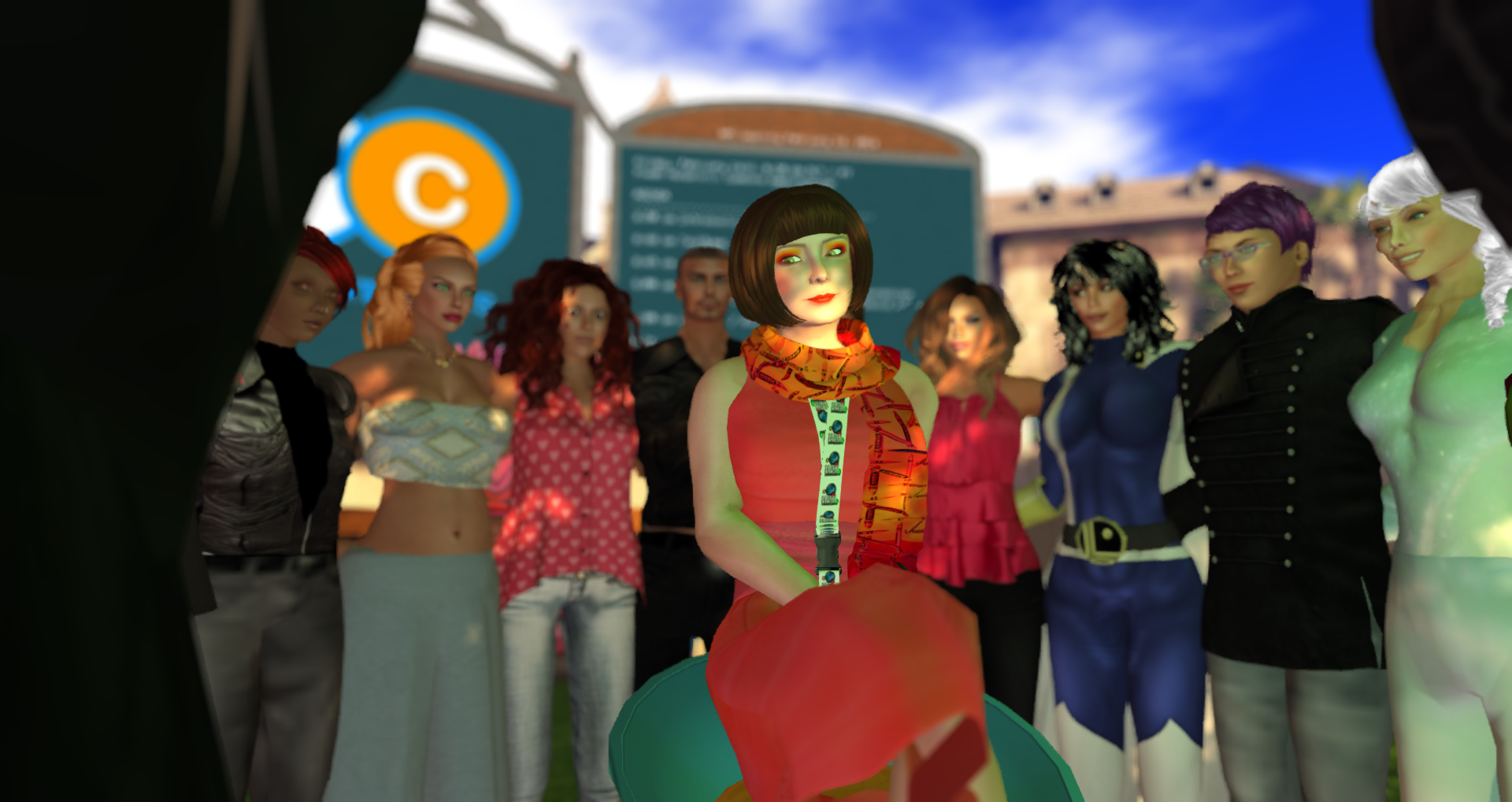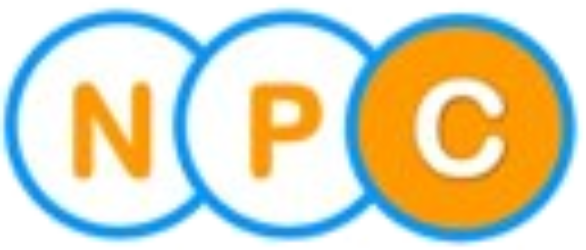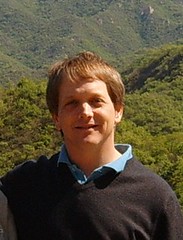Weekly Update from the Nonprofit Commons in Second Life
Events this week: 8:30AM Friday meeting at the Plush Nonprofit Commons Amphitheatre http://bit.ly/nonprofitcommons will give you a direct teleport to our main gathering area!
August 19th at 11AM: WEBINAR TechSoup for Faith-Based Organizations http://bit.ly/tsfaith
Last week at the NPC: Steven Toussaint is our newest resident on Health Commons with the new Alzheimers Association of NYC: Visit their site at http://www.alz.org/nyc/ or check out their new hilltop office on Health Commons!
In Kenzo and Ninlil Xentiltat (Evonne and Layal) gave a detailed Flickr tutorial on how to use the #NPSL tag on uploaded photos along with how to create groups, sets, printed goods, badges for your website and inworld Flickr applications.
Ninlil shared progress on the Community Gateway that will be installed soon on Aloft Nonprofit Commons with the help of Parhelion Parou and Brena Benoir, thank you all for your ideas and contributions.
A special note that the new NPChelp@nonprofitcommons.org alias is now operational for SL-related mentor questions, there are also 6 mailboxes on the four NPC sims that will allow you to drop a request directly to our mentors.
Glitteractica Cookie will be away for the next two weeks but Kali, InK, Ninlil and Penguin will be around to assist any tenants by emailing nonprofitcommons@techsoup.org
Classes: August 20th at 3PM with Builders Brewery: 3:00 PM SLT SCRIPTING: Reading Notecards: The Truth Game Instructor: Auryn Beorn Builders Brewery, Dockside I’m sure that, at least once in your life, you all have played “truth or dare”. Wouldn’t it be nice if we were able of setting an object for playing the first part, “truth”, with our friends? Wouldn’t it be nice, too, if we could learn the basics of working with notecards at the same time?
In case you missed:
Boost your fundraising: On August 17 and 18, get GrantStation for only $99. Identify private and government grantmakers with GrantStation’s online database and use the tutorials to secure funding. Already have a GrantStation membership? Add another year during this two-day offer. http://www.techsoup.org/stock/promo/?cg=sp Have more questions about GrantStation? Post them here: http://bit.ly/gstation
Thank you for your contributions to the Nonprofit Commons! For questions contact nonprofitcommons@techsoup.org for fastest response.
Written by: InKenzo


 Written by guest blogger,
Written by guest blogger,  Ben Rigby
Ben Rigby The Extraordinaries is a for-profit company, in that it wants to generate enough revenue to be self-sustaining. Its original funding came from angel investors, and grants they won from Netsquared and the Knight Foundation. They tried selling their micro-volunteering services to non-profits, but it didn’t work—the non-profits all said no. So now the Extraordinaries offer their services to non-profits free of charge. But they’re selling their services to corporations. 92% of Fortune 500 companies have volunteering efforts, and The Extraordinaries allows them to add an online component to their existing programs.
The Extraordinaries is a for-profit company, in that it wants to generate enough revenue to be self-sustaining. Its original funding came from angel investors, and grants they won from Netsquared and the Knight Foundation. They tried selling their micro-volunteering services to non-profits, but it didn’t work—the non-profits all said no. So now the Extraordinaries offer their services to non-profits free of charge. But they’re selling their services to corporations. 92% of Fortune 500 companies have volunteering efforts, and The Extraordinaries allows them to add an online component to their existing programs.

